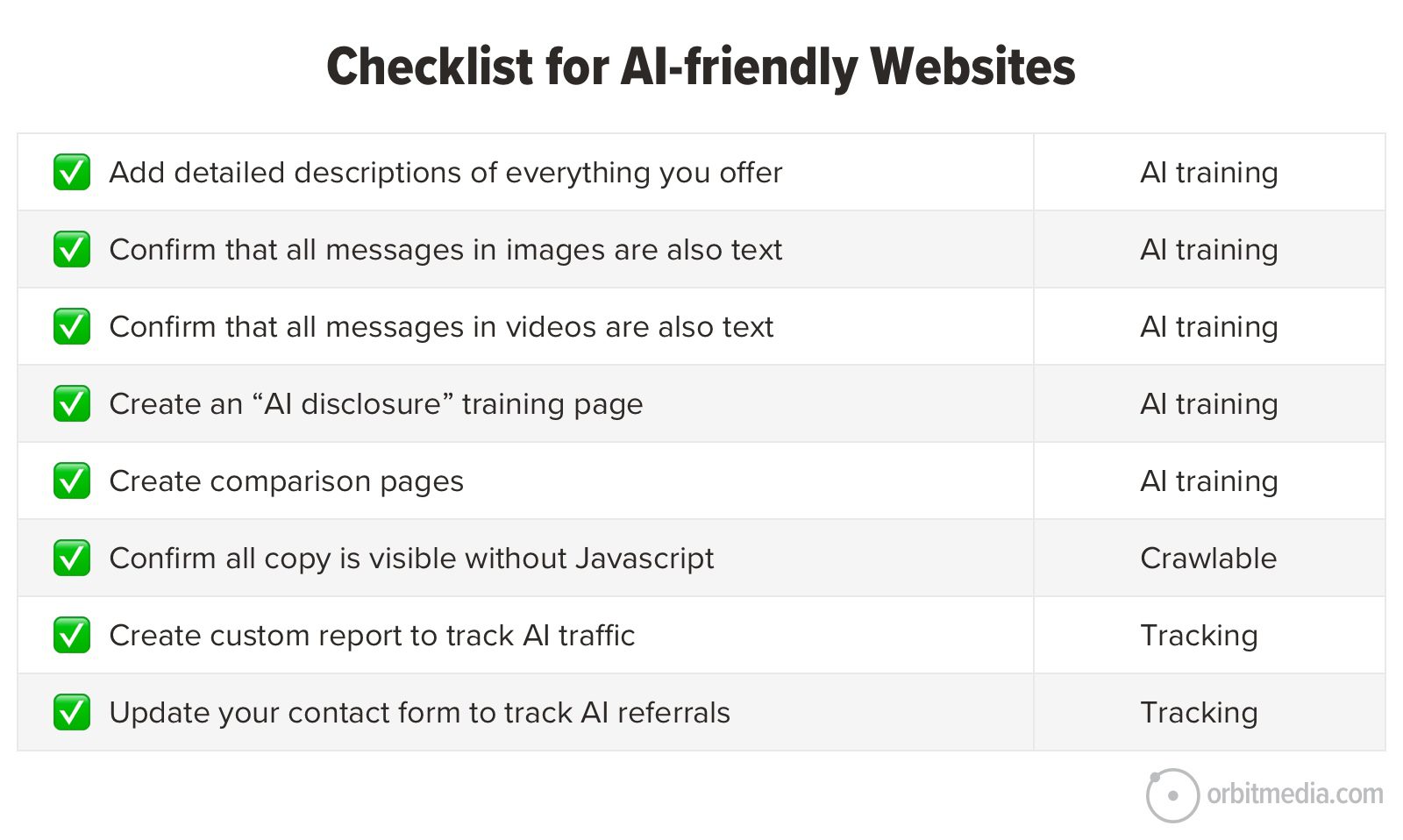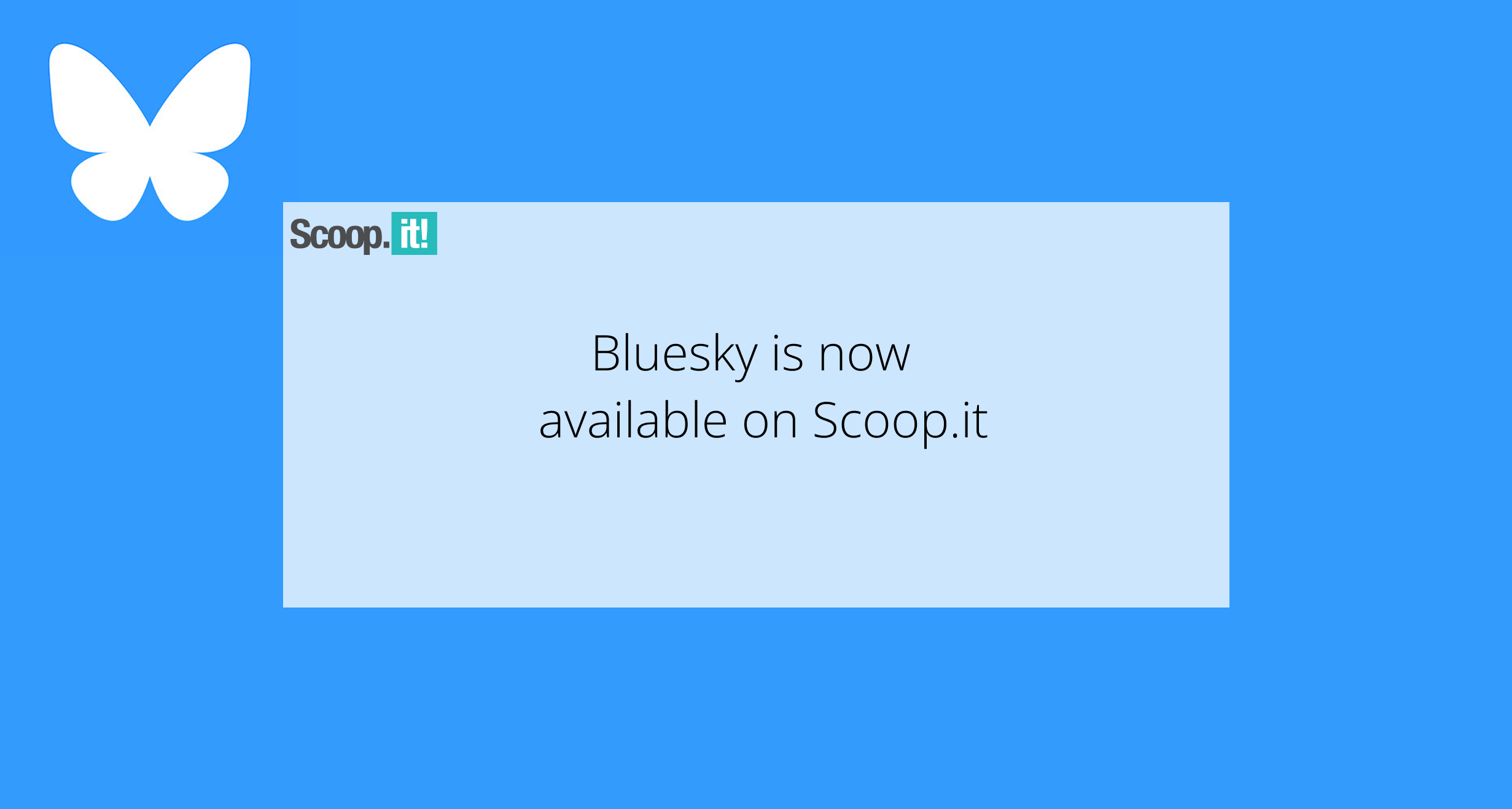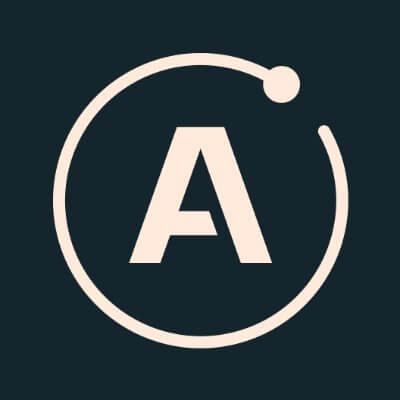U.S. recession odds jump to 45%, according to this poll
An aggressive U.S. tariff policy will trigger a significant slowdown in the U.S. economy this year and next, with the median probability of recession in the next 12 months approaching 50%, according to economists polled by Reuters. A sudden 90-day pause in reciprocal tariffs on trading partners imposed by President Donald Trump hasn’t done much to improve the U.S. outlook given a trade war with its biggest trading partner, China, is escalating and damaging business sentiment. Most forecasters, like U.S. consumers in recent months, have significantly raised their inflation expectations. They have also slashed their growth outlook. Median inflation forecasts in the April 14-17 Reuters poll have surged since last month, potentially restricting the Federal Reserve from delivering more than two interest rate cuts between now and year-end. The probability of a U.S. recession over the coming year has surged to 45%, the highest since December 2023, from 25% last month. “Sentiment is incredibly weak right now and that points to households being very nervous about spending… Prices, jobs and wealth are all moving against the consumer and that is a pretty toxic combination for consumer spending growth going forward,” said James Knightley, chief international economist at ING. “That’s the real issue for U.S. growth that raises the recession risk… The lack of clarity on the trading environment faced by U.S. companies makes them naturally more wary about putting money to work in the U.S. economy.” All 45 economists who answered an additional question said tariffs had negatively impacted business sentiment, with almost half saying they were very negative. The economy, which started the year on a solid footing of strong growth, consumer spending and hiring, is expected to grow just 1.4% in 2025, a sharp downgrade from 2.2% predicted last month. An overwhelming majority of common contributors, 46 of 50, have lowered their 2025 growth outlook by around 80 basis points on average just in the past month. Economists as a group have not downgraded their forecasts by that much in such a short span of time since July 2022. Next year, the economy is forecast to expand 1.5%, well down from 2.0% expected in a March poll. “Damage has likely already been done by uncertainty about tariffs, and that uncertainty stands to reduce growth, increase inflation and amplify tail risks on an ongoing basis,” said James Egelhof, chief U.S. economist at BNP Paribas. Similar worries have also dented confidence in U.S. assets with many strategists in separate Reuters surveys recently saying they were concerned about the safe-haven status of U.S. Treasuries and the dollar. INFLATION EXPECTATIONS SURGE Economists have raised their outlook for all inflation measures surveyed – consumer prices, core CPI, personal consumption expenditure and core PCE – and all were expected to remain well above the Fed’s 2% target until at least 2027. Most regular contributors have revised their CPI forecasts for this year from the March survey by nearly 60 basis points on average, the biggest monthly change since March 2023. U.S. Federal Reserve Chair Jerome Powell on Wednesday warned Trump’s tariff policies risked pushing inflation and employment further from the central bank’s goals and said the Fed was “well positioned to wait for greater clarity”. A more than 60% majority of economists, 62 of 101, predicted the Fed would hold its federal funds rate at 4.25%-4.50% until at least July. There was no clear consensus on where the rate would be by end-2025 but about two-thirds of economists predicted it at 3.75%-4.00% or higher. Just over a third, 35, are expecting three or more reductions this year, in line with what interest rate futures are pricing. Kevin Khang, a senior economist at Vanguard said “it’s the ubiquitous presence of tariffs that makes the likelihood of upward price pressure an extremely likely scenario. And that’s why we think price stability will be marginally more prioritised over full employment.” Unemployment rate forecast changes in the poll were modest compared with the large downgrades to growth and upgrades to inflation. The jobless rate, currently 4.2%, was expected to average 4.4% and 4.6% this year and next, respectively. —Indradip Ghosh, Reuters

An aggressive U.S. tariff policy will trigger a significant slowdown in the U.S. economy this year and next, with the median probability of recession in the next 12 months approaching 50%, according to economists polled by Reuters.
A sudden 90-day pause in reciprocal tariffs on trading partners imposed by President Donald Trump hasn’t done much to improve the U.S. outlook given a trade war with its biggest trading partner, China, is escalating and damaging business sentiment.
Most forecasters, like U.S. consumers in recent months, have significantly raised their inflation expectations. They have also slashed their growth outlook.
Median inflation forecasts in the April 14-17 Reuters poll have surged since last month, potentially restricting the Federal Reserve from delivering more than two interest rate cuts between now and year-end.
The probability of a U.S. recession over the coming year has surged to 45%, the highest since December 2023, from 25% last month.
“Sentiment is incredibly weak right now and that points to households being very nervous about spending… Prices, jobs and wealth are all moving against the consumer and that is a pretty toxic combination for consumer spending growth going forward,” said James Knightley, chief international economist at ING.
“That’s the real issue for U.S. growth that raises the recession risk… The lack of clarity on the trading environment faced by U.S. companies makes them naturally more wary about putting money to work in the U.S. economy.”
All 45 economists who answered an additional question said tariffs had negatively impacted business sentiment, with almost half saying they were very negative.
The economy, which started the year on a solid footing of strong growth, consumer spending and hiring, is expected to grow just 1.4% in 2025, a sharp downgrade from 2.2% predicted last month.
An overwhelming majority of common contributors, 46 of 50, have lowered their 2025 growth outlook by around 80 basis points on average just in the past month. Economists as a group have not downgraded their forecasts by that much in such a short span of time since July 2022.
Next year, the economy is forecast to expand 1.5%, well down from 2.0% expected in a March poll.
“Damage has likely already been done by uncertainty about tariffs, and that uncertainty stands to reduce growth, increase inflation and amplify tail risks on an ongoing basis,” said James Egelhof, chief U.S. economist at BNP Paribas.
Similar worries have also dented confidence in U.S. assets with many strategists in separate Reuters surveys recently saying they were concerned about the safe-haven status of U.S. Treasuries and the dollar.
INFLATION EXPECTATIONS SURGE
Economists have raised their outlook for all inflation measures surveyed – consumer prices, core CPI, personal consumption expenditure and core PCE – and all were expected to remain well above the Fed’s 2% target until at least 2027.
Most regular contributors have revised their CPI forecasts for this year from the March survey by nearly 60 basis points on average, the biggest monthly change since March 2023.
U.S. Federal Reserve Chair Jerome Powell on Wednesday warned Trump’s tariff policies risked pushing inflation and employment further from the central bank’s goals and said the Fed was “well positioned to wait for greater clarity”.
A more than 60% majority of economists, 62 of 101, predicted the Fed would hold its federal funds rate at 4.25%-4.50% until at least July. There was no clear consensus on where the rate would be by end-2025 but about two-thirds of economists predicted it at 3.75%-4.00% or higher.
Just over a third, 35, are expecting three or more reductions this year, in line with what interest rate futures are pricing.
Kevin Khang, a senior economist at Vanguard said “it’s the ubiquitous presence of tariffs that makes the likelihood of upward price pressure an extremely likely scenario. And that’s why we think price stability will be marginally more prioritised over full employment.”
Unemployment rate forecast changes in the poll were modest compared with the large downgrades to growth and upgrades to inflation. The jobless rate, currently 4.2%, was expected to average 4.4% and 4.6% this year and next, respectively.
—Indradip Ghosh, Reuters










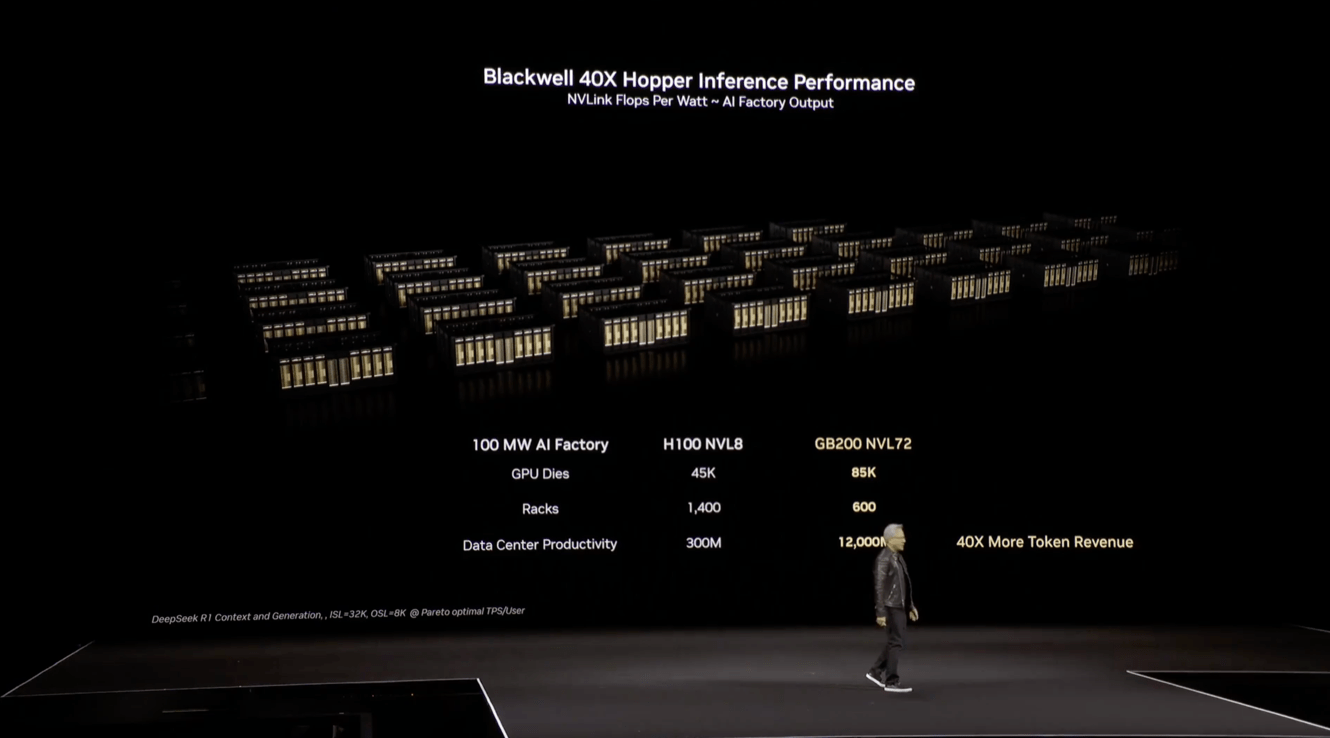













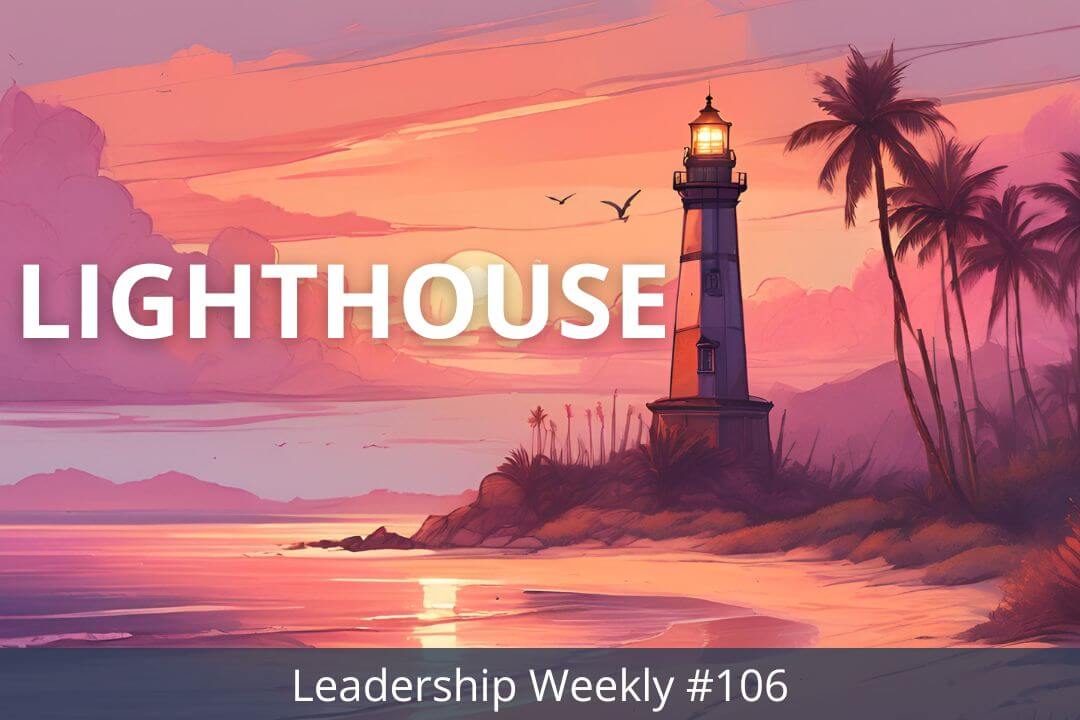


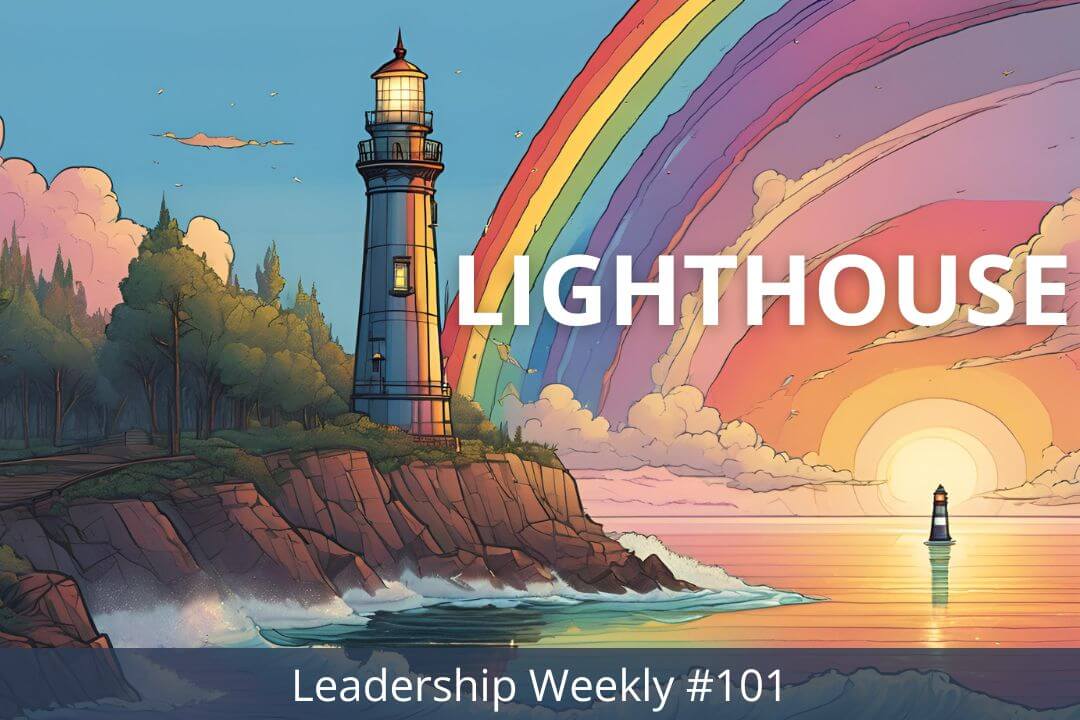

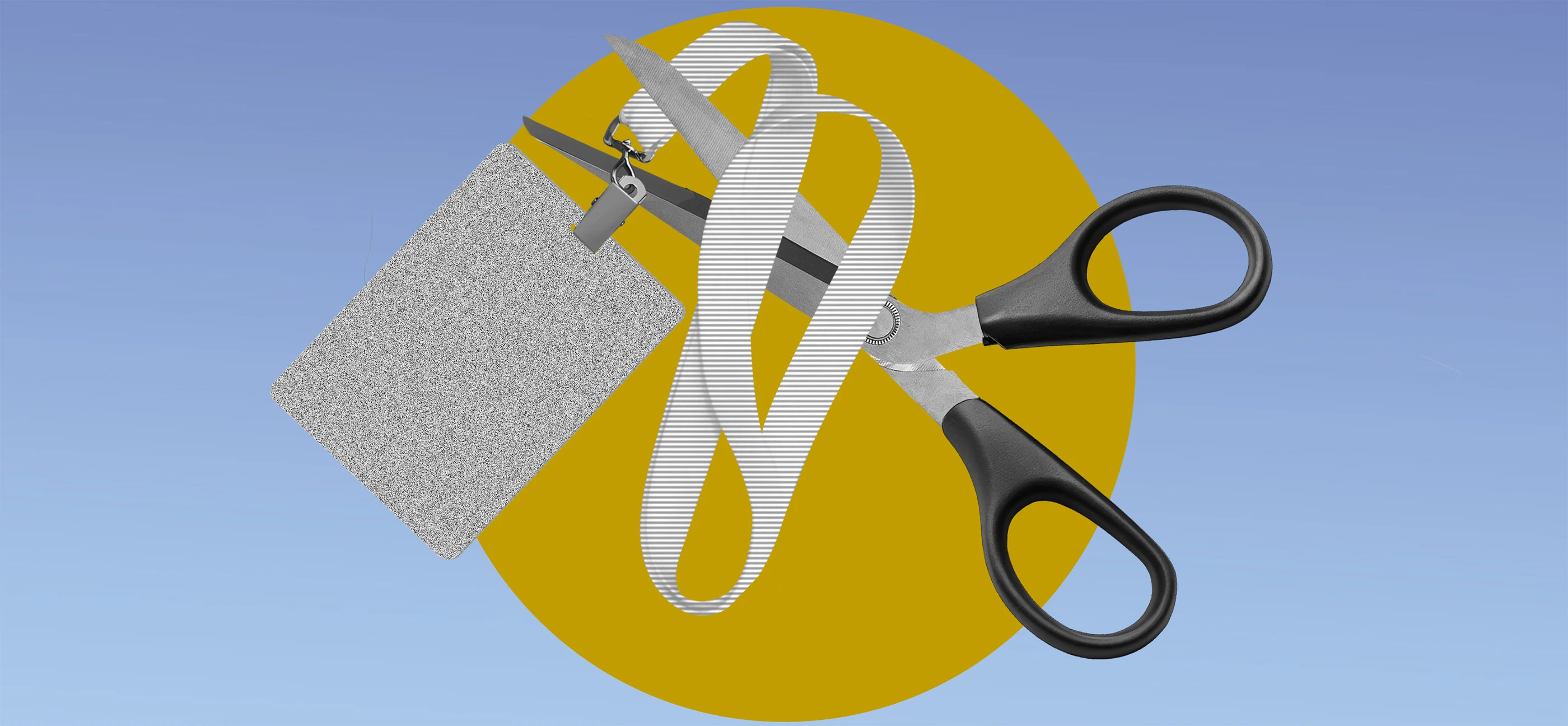











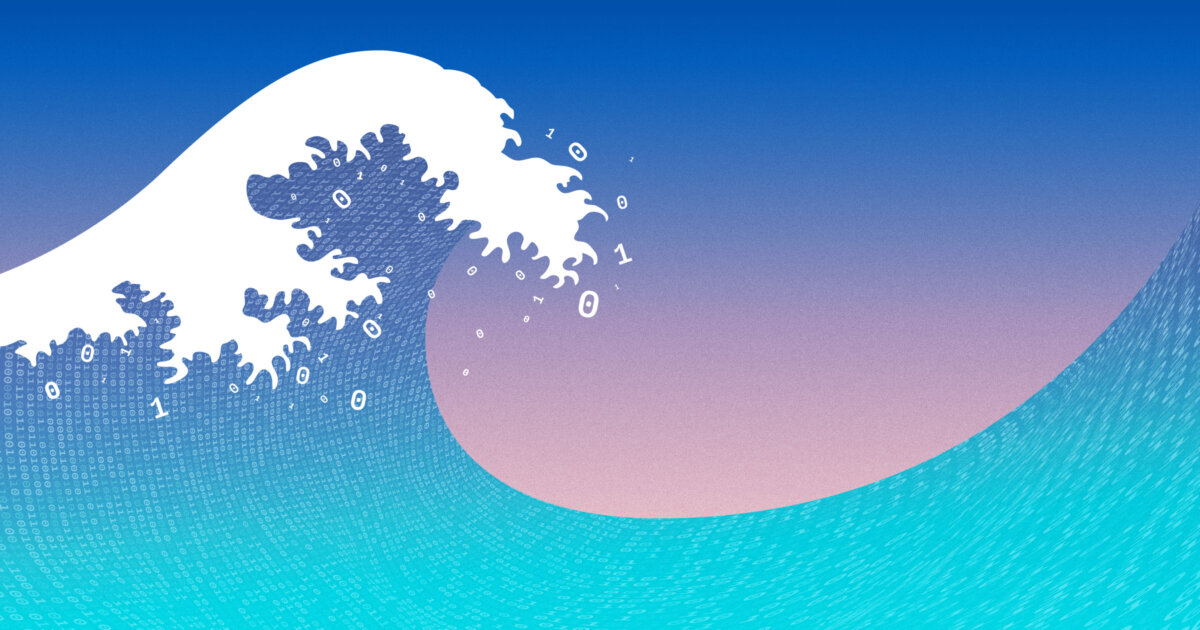




















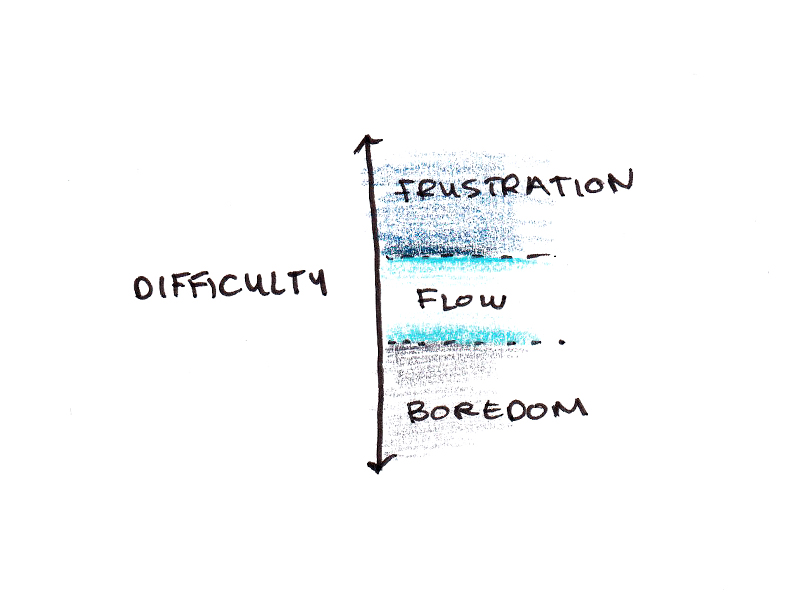


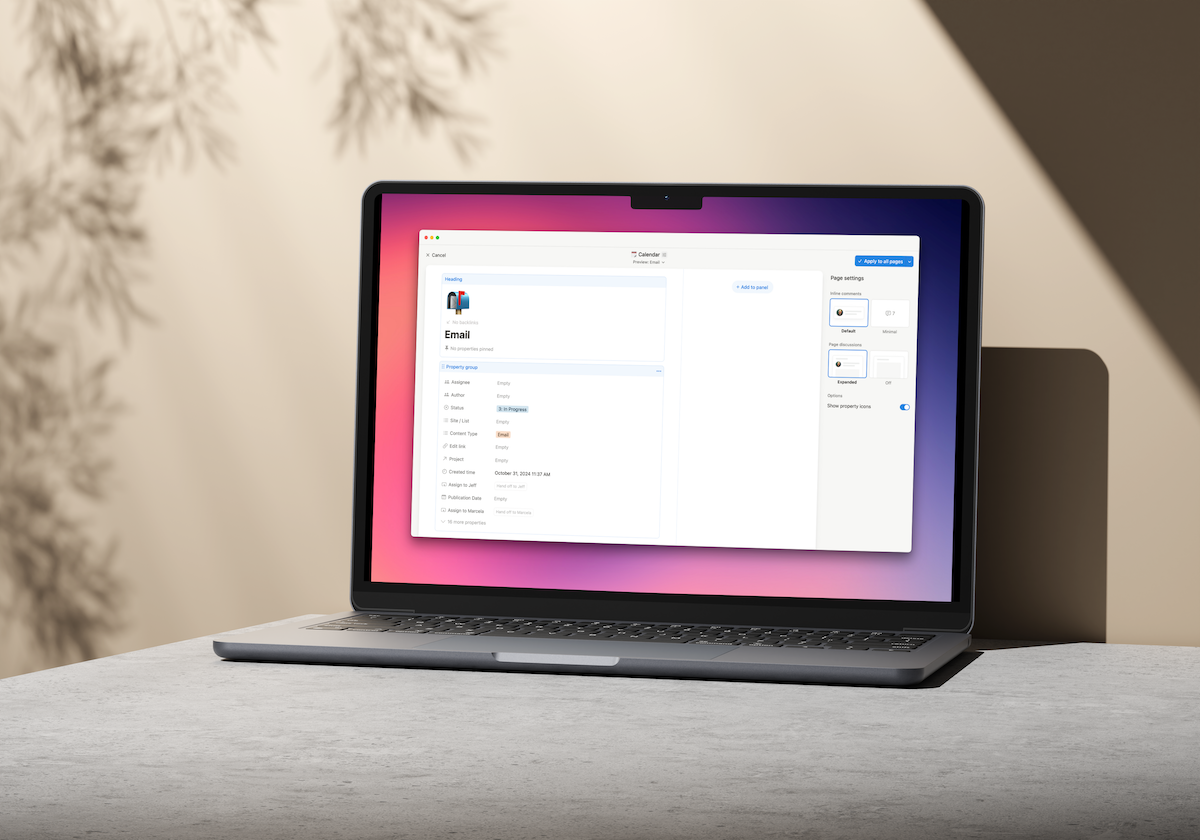











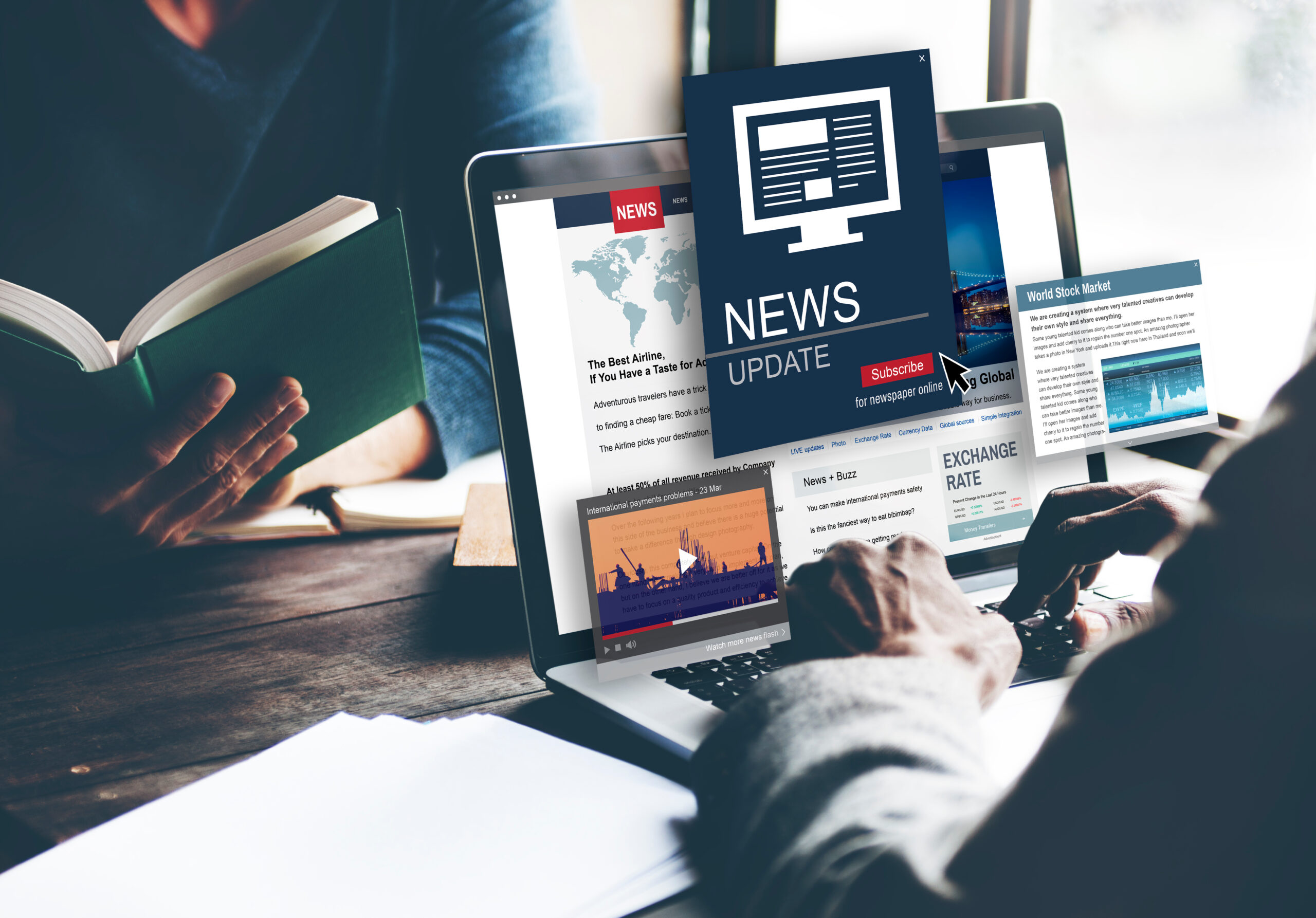

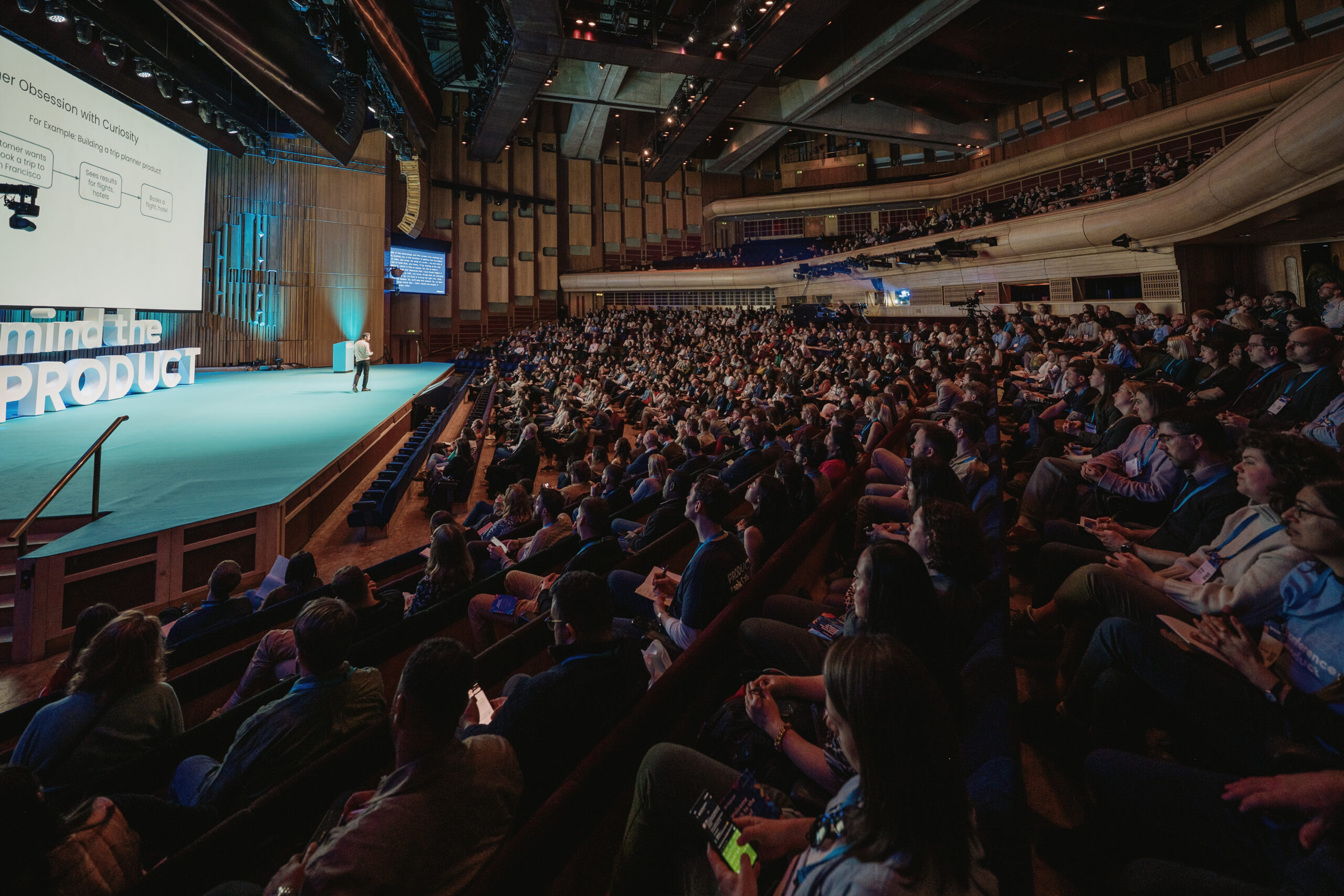



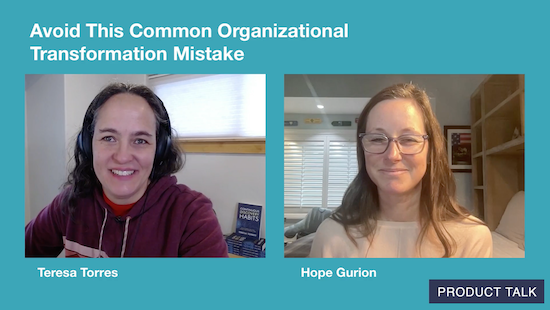
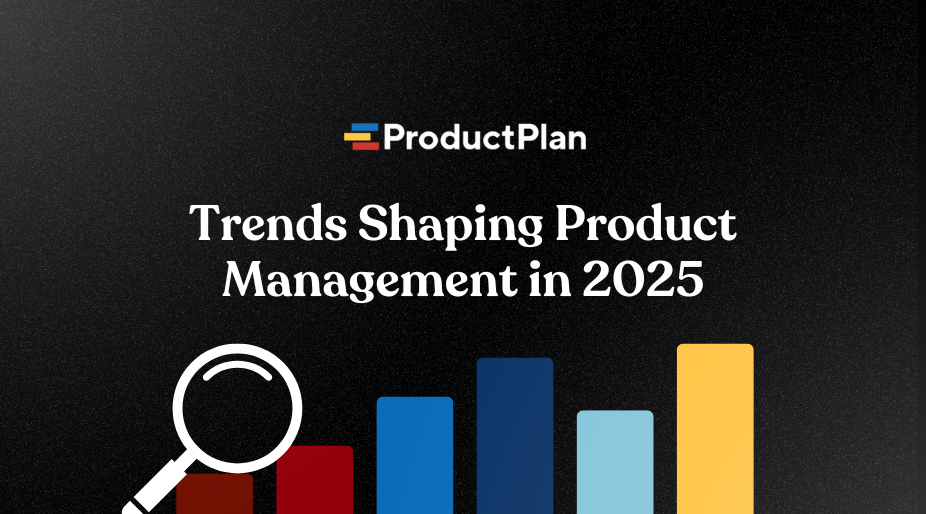


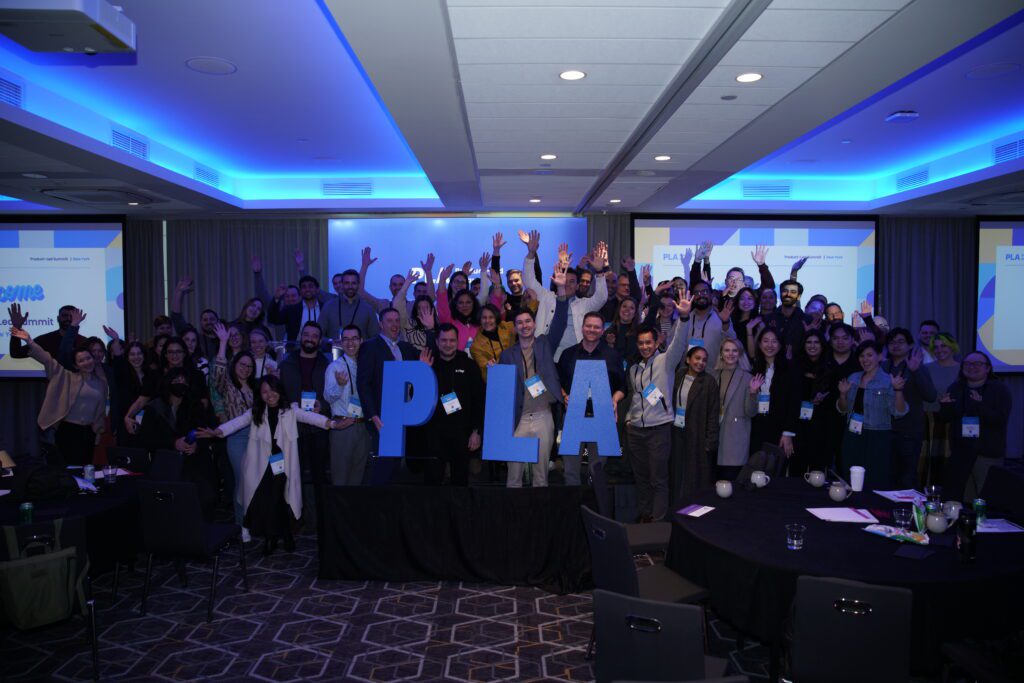










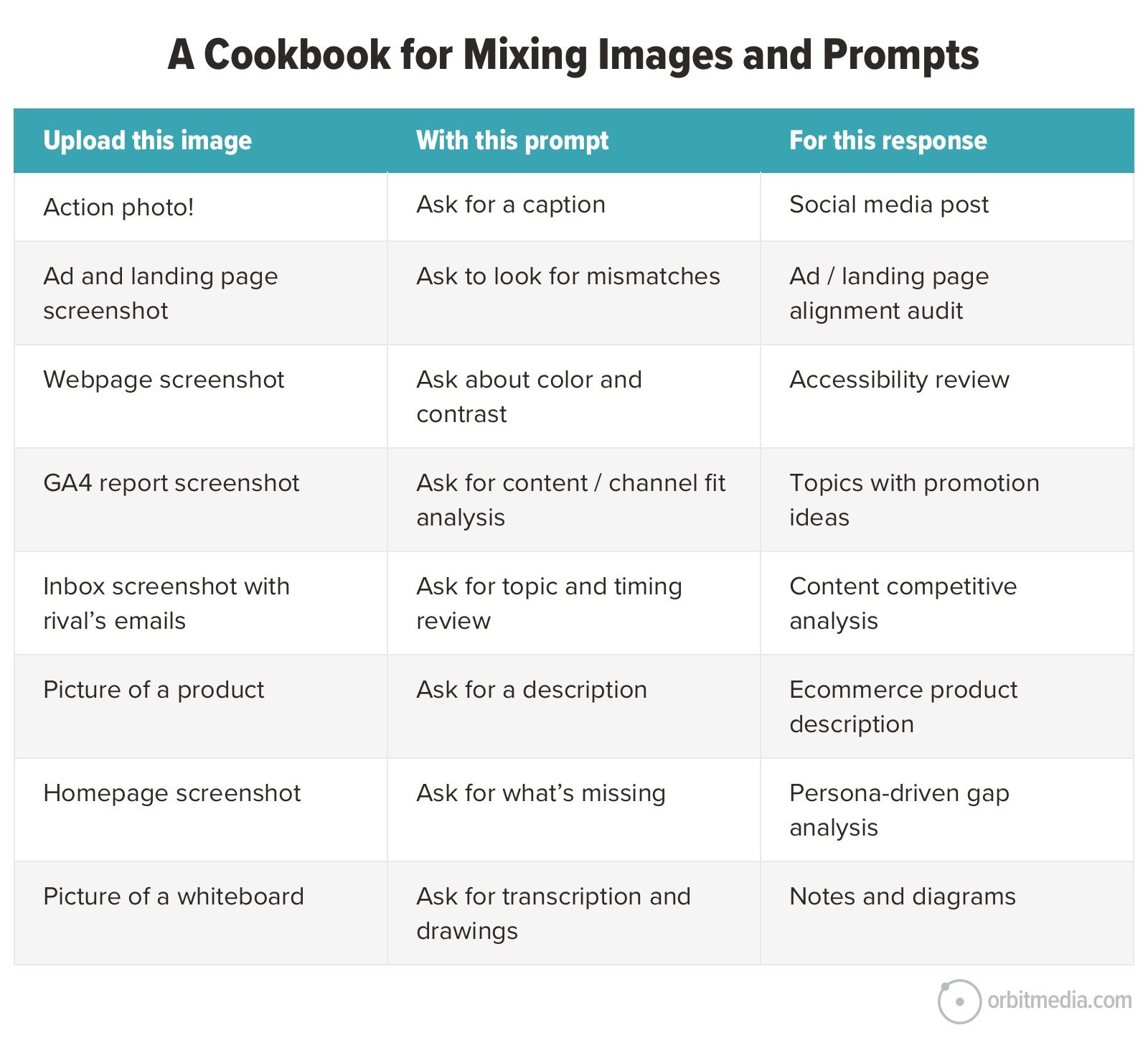

![Building A Digital PR Strategy: 10 Essential Steps for Beginners [With Examples]](https://buzzsumo.com/wp-content/uploads/2023/09/Building-A-Digital-PR-Strategy-10-Essential-Steps-for-Beginners-With-Examples-bblog-masthead.jpg)





![How One Brand Solved the Marketing Attribution Puzzle [Video]](https://contentmarketinginstitute.com/wp-content/uploads/2025/03/marketing-attribution-model-600x338.png?#)




